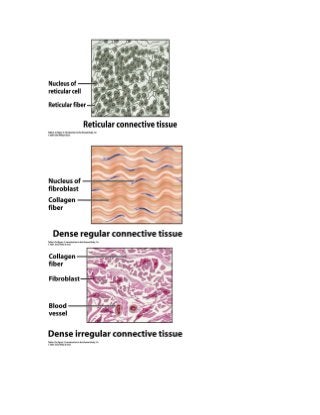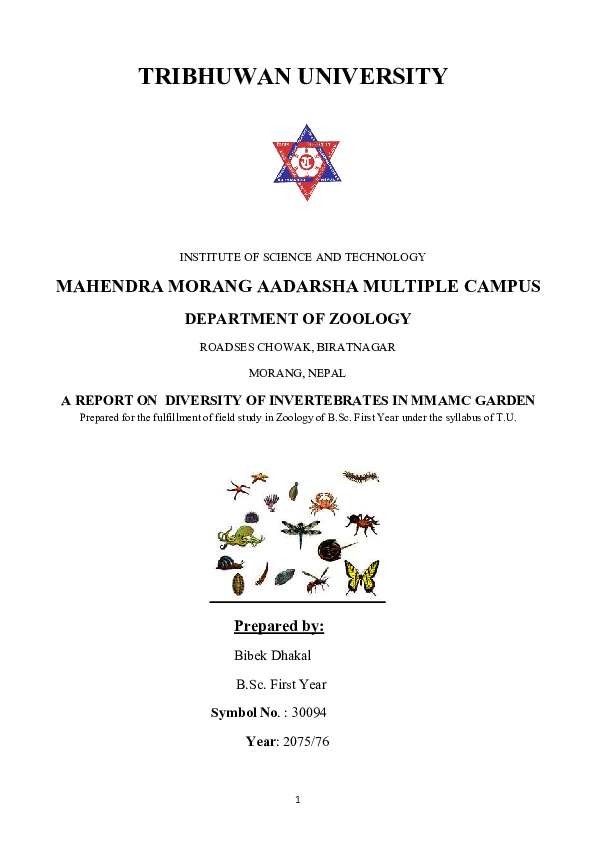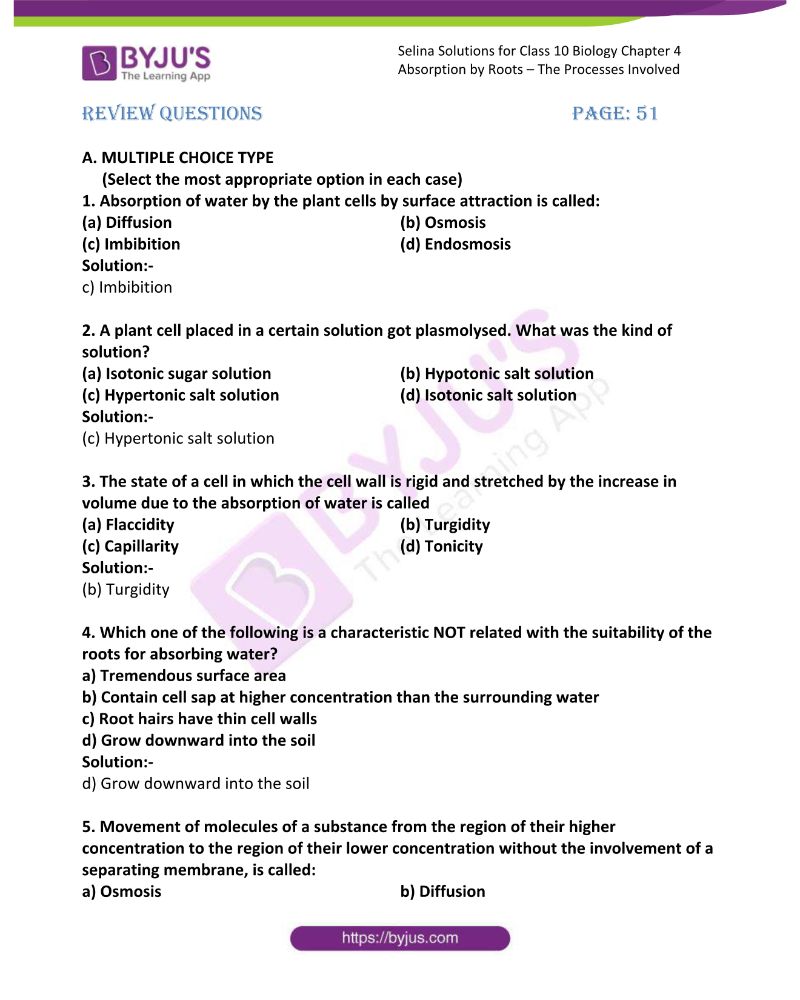A Tour of the Cell Chapter 4 Study Guide

The first thing you should know about the cell is that it comes in two different types: prokaryotic and eukaryotic cells. All cells are bounded by a membrane called the plasma membrane, which is selectively permeable to gases and nutrients, and a semi-fluid substance called the cytosol. All cells contain ribosomes, which are involved in protein synthesis, as well as a nucleus, which houses the genetic control of the cell.
Comparing cilia and flagella
There are some fundamental differences between cilia and flagella in the cell. Cilia function without the cell’s plasma membrane, so the cilia beat by sliding protein filaments. But the switching mechanism of cilia is still unclear. In fact, scientists do not know whether flagella are made of dyneins, which act as molecular motors. But if the switch model is correct, cilia would bend without the plasma membrane.
When compared to flagella, cilia are smaller and have a shorter length. Flagella are long and complex structures, and they protrude from the cell body. Both types of organelles help the cell sense changes in its surrounding environment and regulate its growth. But which one is better? Find out more by reading about both organelles. Here’s a comparison of flagella and cilia.
Describe endocytosis
The key to understanding the role of endocytosis is to understand the difference between it and exocytosis. In simple terms, endocytosis is the process by which a cell absorbs substances from the extracellular environment. This process takes place when a portion of a cell’s membrane folds over itself. The particle is then transported within the cell, where it is stored inside an intracellular vesicle.
Essentially, endocytosis consists of three types. They are based on clathrin, a component of the plasma membrane that coats vesicles during their formation. One of these is called phagocytosis and is the process by which a cell ingests large molecules, bacteria, and viruses. In contrast, endocytosis can also involve the ingestion of large molecules.
Describe cytoskeleton
You may know about water, the main constituent of the cell. But what about the cytoskeleton? The cytoskeleton helps give cells their structure and gives them movement. If you’re studying this chapter in A tour of the cell, you’ll need to know about the cytoskeleton. Here’s an explanation of the cytoskeleton:
The cytoskeleton plays a central role in positioning proteins and RNA molecules. It is essential for cell locomotion. Cell polarity is important for orienting divisions in tissues and for the formation of coherent multicellular structures. Scientists are only beginning to understand the molecular mechanisms that regulate this process in vertebrates. In flies, worms, and yeasts, most research has focused on this process.
Describe cytoplasm
The cytoplasm is the gel-like fluid that fills the inside of a cell. It serves as a platform for organelles and is the medium for chemical reactions. All cell functions take place in the cytoplasm. The movement of materials within the cytoplasm takes place through diffusion, which only works for short distances. Organelles in the cytoplasm are little suspensions of cells that have a specific function and structure.
The cytoplasm is made up of many different substances that are essential to the functioning of the cell. It contains salts, enzymes, and other substances that help the cell function. It provides a platform for biochemical reactions and gives the cell its shape. Without the cytoplasm, the cell would deflate and substances would not have a chance to penetrate the organelles.






